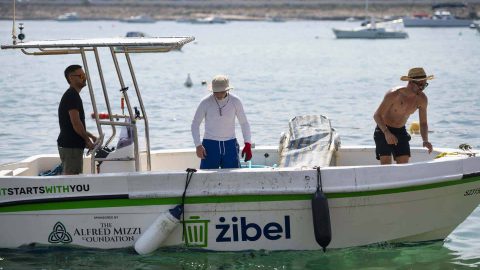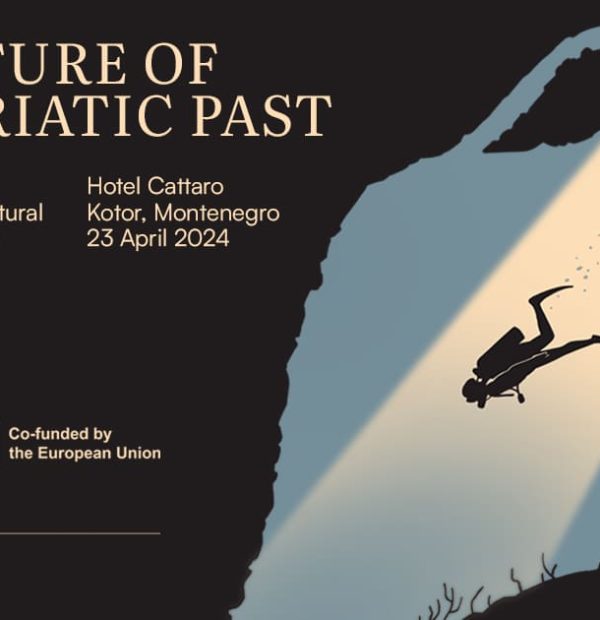Thursday, 16 May 2024
Menu

Russian marine biologist Alexander Semenov, plunged into the freezing waters of the White Sea to a depth of 60 metres to use advanced underwater photography equipment to take pictures of the creatures that inhabit the body of water at a depth of 150 metres.
The body of water itself is unusual. An inland sea, part of the Arctic Ocean, whose surface is covered by ice for much of the year. So what could its inhabitants be like? Just as unusual, of course! Thanks to Semenov’s photographs, we know that the creatures inhabiting the frigid depths of the White Sea are extremely colourful, full of fanciful shapes, almost like something out of a science-fiction novel.
The Moscow-based scientist spent just 40 minutes underwater, but thanks to high-tech photographic equipment, he was able to collect breathtaking documentation of the inhabitants of the deep.
“These creatures have been swimming in the vast open space for millions of years. During this time, evolution has created so many completely different forms of life that I can today speak of being extremely lucky to have the chance to see this world with my own eyes,” Semenov said.
The White Sea is one of the last such places on Earth. Still wild and uncontaminated by human civilisation. Remote, freezing and inaccessible, it has escaped human influence, hiding in its ice-bound depths an incredible ecosystem.
The body of water has long fascinated scientists. The research centre where Semenov is stationed is located on the Karelian coast and was founded by a group of biologists from Moscow State University in 1938.
This facility is also unusual in itself because… it is not connected in any way to the world around it. For many, it would probably come as a shock to find themselves in the 21st century in a place that is not connected to the internet. Indeed, there is not even a road connecting the research station to the village 10 km away. In the summer, when there is no ice, it can be reached by boat, and for the rest of the year, snowmobiles have to be used.
“The biggest challenge underwater is the current. Even if you hold on to something the whole time, it can carry you a mile away from where you entered the water during a 30-minute dive. Especially when diving under ice, you have to keep this in mind and take appropriate safety measures. The current is very strong here.” – Semedov explains
However, the Russian does not hide that the magnificence of the White Sea is worth the effort and risk. The opportunity to observe and photograph creatures as unusual and beautiful as the festoon jellyfish (Cyanea capillata), which is the largest species of jellyfish in the world, can reward many hardships and sacrifices.
Photo: Alexander Semenov










Welcome to DIVERS24.COM, your daily source of scuba news, freediving, scuba diving information, and equipment reviews. Our comprehensive coverage of the dive industry from A to Z provides you with all the latest scuba news, training updates, underwater photography tips, and everything else related to scuba diving. Whether you’re a beginner or an experienced diver looking for more knowledge about scuba gear or techniques – we’ve got it covered! With our in-depth articles written by experienced divers who have been there and done that, you are sure to find exactly what you need here at Divers24.com. Dive into scuba news today!
Underwater Media Sp. z o.o.
Szafarnia 11/F8,
80-755 Gdansk, Poland
Welcome to DIVERS24.COM, your daily source of scuba news, freediving, and scuba diving information. Sign in for a weekly news update and discount coupons for dive gear and apparel.
@2023 - underwatermedia.pl. All Right Reserved. Designed and Developed by Tworzenie stron internetowych Gdansk

The Divers24 portal is currently the largest online medium treating diving in Poland. Since 2010 we have been providing interesting and important information from Poland and around the world on all forms of diving and related activities.
Contact us: info@divers24.com